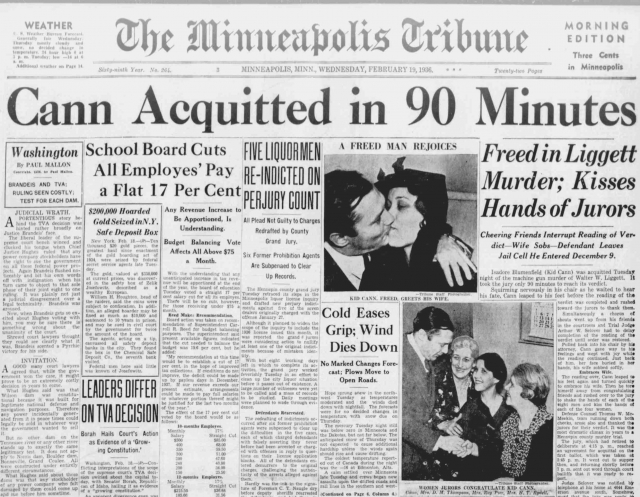News Articles Things To Know Before You Buy
News Articles Things To Know Before You Buy
Blog Article
The Facts About News Articles Revealed
Table of ContentsThe smart Trick of News Articles That Nobody is Talking AboutSome Known Facts About News Articles.News Articles Can Be Fun For AnyoneThe Single Strategy To Use For News ArticlesSome Known Questions About News Articles.
Excellent knowledge of different subjects offers students a competitive edge over their peers. Even though digital and social media are readily obtainable, we should not fail to remember just how vital it is to review the papers. Parents should attempt and inculcate the behavior of reading a paper as a day-to-day regimen to proceed the tradition of the revered print tool.Information tales also contain at the very least one of the following essential characteristics family member to the designated audience: proximity, prominence, timeliness, human interest, oddity, or effect.
Within these limitations, news stories also intend to be thorough. Amongst the larger and a lot more revered papers, fairness and balance is a major element in offering information.
Papers with a global audience, for instance, often tend to utilize a much more official design of composing. The particular options made by an information outlet's editor or editorial board are typically gathered in a design overview; usual design guides include the and the US News Design Publication. The major objectives of information writing can be summarized by the ABCs of journalism: precision, brevity, and clearness.
The 6-Minute Rule for News Articles
As a rule, journalists will not make use of a long word when a short one will do. They utilize subject-verb-object construction and dazzling, active prose (see Grammar). They offer narratives, examples and metaphors, and they hardly ever depend on generalizations or abstract ideas. Information authors try to avoid using the exact same word much more than once in a paragraph (occasionally called an "echo" or "word mirror").
Headings occasionally leave out the topic (e.g., "Leaps From Watercraft, Catches in Wheel") or verb (e.g., "Feline female lucky"). A subhead (additionally subhed, sub-headline, subheading, subtitle, deck or dek) can be either a secondary title under the major heading, or the heading of a subsection of the post. It is a heading that precedes the major text, or a team of paragraphs of the primary message.

of a write-up topic, informant, or interviewee), it is described as a pulled quote or draw quote. Additional billboards of any one of these types may show up later on in the short article (specifically on succeeding web pages) to lure more analysis. Journalistic websites in some cases utilize animation techniques to switch one signboard for an additional (e.g.
Rumored Buzz on News Articles
Such billboards are likewise used as pointers to click here to read the post in various other areas of the publication or site, or as ads for the piece in various other publication or websites. Press launch of the Swiss government. Regular framework with title, lead paragraph (summary in bold), various other paragraphs (details) and contact details.

Example of a hard-lead paragraph NASA is proposing an additional room task. The budget plan requests around $10 billion for the project.
An "off-lead" is the second most important front page news of the day. To "bury the lead" is to start the post with background info or details of second significance to the viewers, requiring them to review more deeply right into a short article than they need to have to in order to find the essential factors.
Indicators on News Articles You Should Know
Usual use is that one or 2 sentences each develop their very own paragraph. Reporters usually explain the company or framework of an information story resource as an inverted pyramid. The crucial and most intriguing components of a tale are placed at the start, with supporting information following in order of reducing importance.
It enables people to check out a subject to just the deepness that their inquisitiveness takes them, and without the charge of information or subtleties that they can consider unimportant, but still making that info offered to a lot over at this website more interested visitors. The inverted pyramid structure likewise allows posts to be cut to any kind of arbitrary length throughout format, to fit in the area readily available.
Some writers start their tales with the "1-2-3 lead", yet there are several kinds of lead readily available. A twist can refer to multiple points: The last tale in the news program; a "delighted" story to finish the show.
Longer posts, such as magazine cover short articles and the items that lead the within sections of a newspaper, are referred to as. Attribute stories differ from straight information in numerous ways. Foremost is the lack of a straight-news lead, the majority of the time. Rather than using the essence of a tale up front, attribute writers might attempt to tempt visitors in.
News Articles Things To Know Before You Buy
A feature's first paragraphs commonly connect an intriguing moment or event, as in an "anecdotal lead". From the particulars of a person or episode, its view rapidly expands to abstract principles regarding the tale's topic.

The Editor's Tool kit: A Recommendation Guide for Beginners and Professionals (2001) Allan M. Siegal and William G. Connolly. The New York Times Guidebook of Style and Use: The Authorities Style Overview Used by the Writers and Editors of the World's The majority of Authoritative Newspaper (2002) M. L. Stein, Susan Paterno, and R.
Report this page